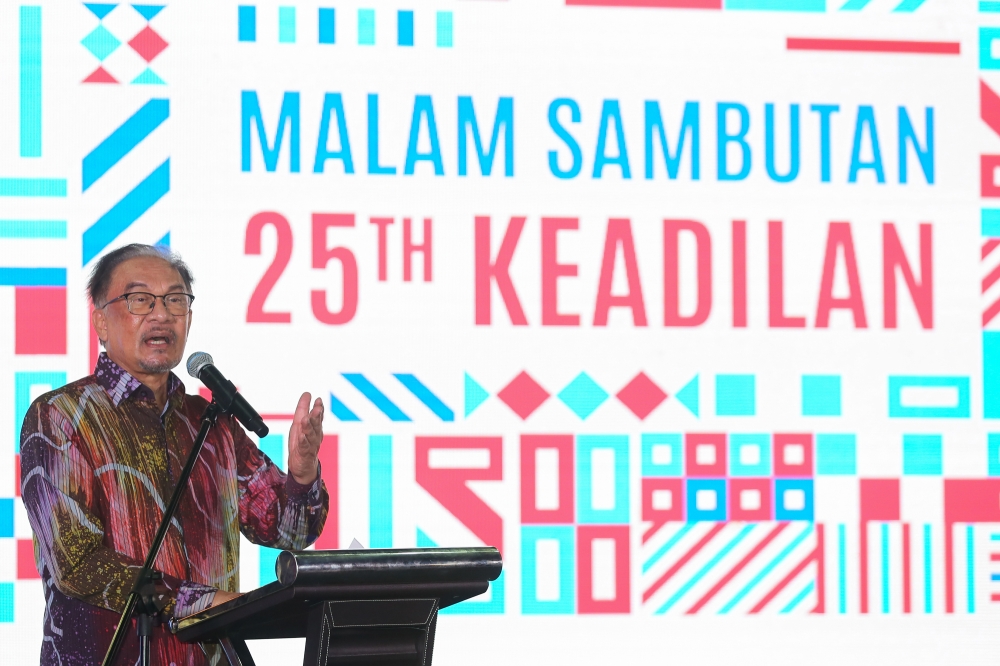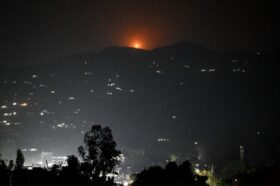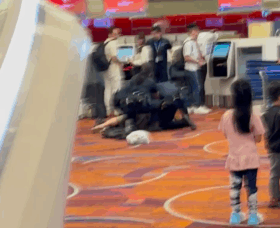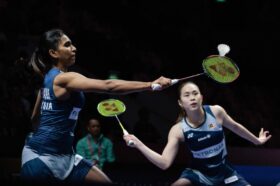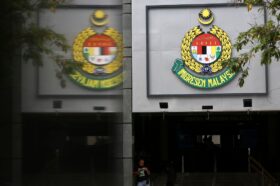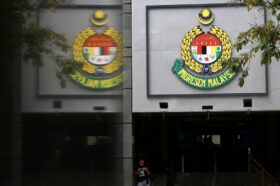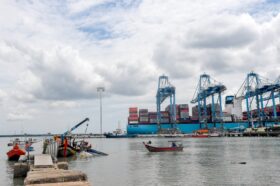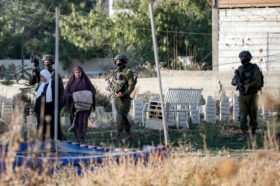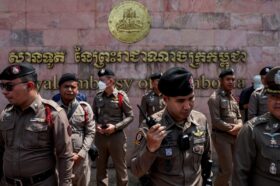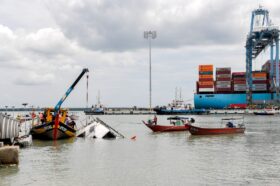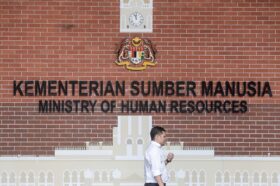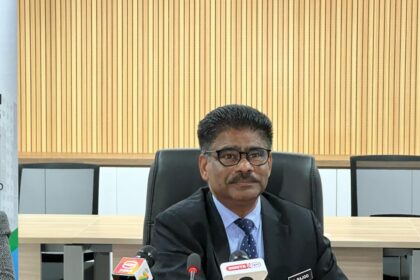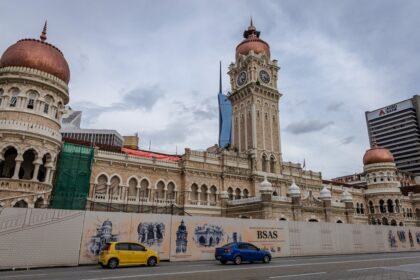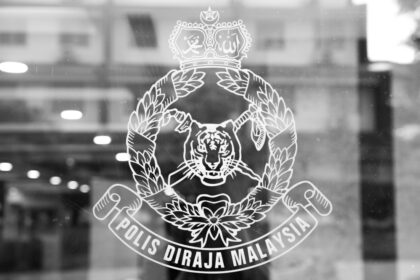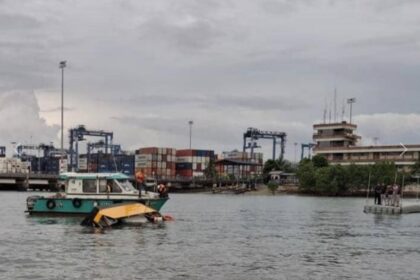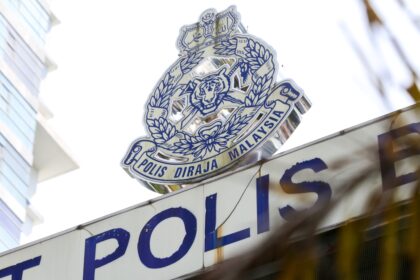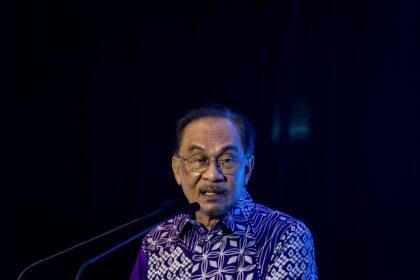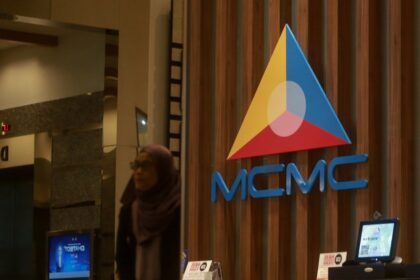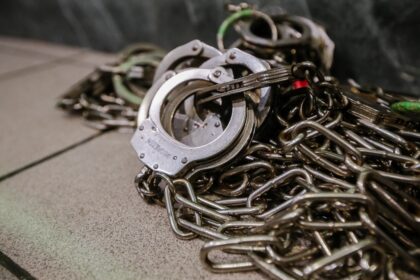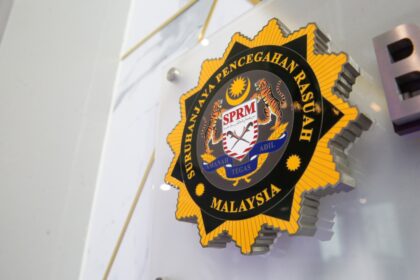KUALA LUMPUR, May 7 — PKR is holding its first internal polls since party president Datuk Seri Anwar Ibrahim became the prime minister in November 2022.
The divisional polls concluded on April 20 and all eyes are now on the battle for the party’s national elections on May 23.
Those elected will then serve for a three-year term until 2028.
Anwar is expected to be returned unopposed as president for what would be his final term as president under party rules.
PKR presidents are bound by a three-term limit and Anwar is currently serving his second term. He was first elected PKR president in 2018 and retained the post in the 2022 party polls.
What is at stake?
With thisi term limit, the results will give the country a preview of what will be the next generation of PKR leaders.
The upcoming polls will also see PKR reverting from the “one member, one vote” direct election system to the delegate system to elect its top leaders.
Under the delegate system, some 30,000 delegates from 222 divisions will vote for 20 central leadership council members and six top posts, namely the president, deputy president and four-vice presidents.
This will be done through 10,000 in-person ballots and over 20,000 online ballots.
PKR switched from the delegate system to the direct election system in 2010, allowing every member at the branch level to vote for its top leaders. It was the first political party in Malaysia to do so.
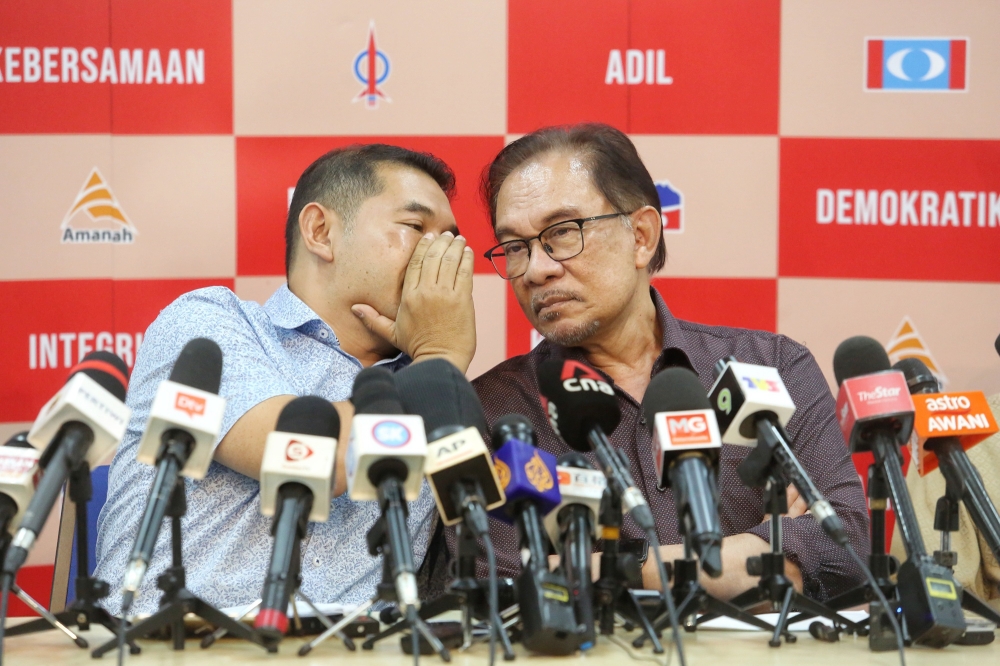
How has it panned out so far?
PKR’s divisional elections last month saw several senior leaders suffer unexpected losses.
Notable defeats included:
- PKR vice-president and federal minister Nik Nazmi Nik Ahmad (Setiawangsa)
- PKR vice-president and deputy minister K Saraswathy (Bukit Bintang)
- PKR strategic director and deputy minister Akmal Nasir (Johor Baru)
- PKR communications director and Petaling Jaya MP Lee Chean Chung (Petaling Jaya)
- PKR Youth chief and deputy minister Adam Adli (Hang Tuah Jaya)
- Ampang MP Rodziah Ismail (Shah Alam)
- Batu MP P. Prabakaran (Batu)
Citing claims of possible irregularities in the division-level elections, some ousted leaders such as Nik Nazmi, Rodziah and Lee had filed appeals over the results.
Anwar previously ruled out a Cabinet reshuffle over the defeats, saying they were an internal PKR issue.
Party secretary-general Fuziah Salleh also shot down claims of irregularities, saying the blockchain-based voting system used in the divisional polls were “fraud-resistant”.
The divisional elections results were endorsed on May 5.
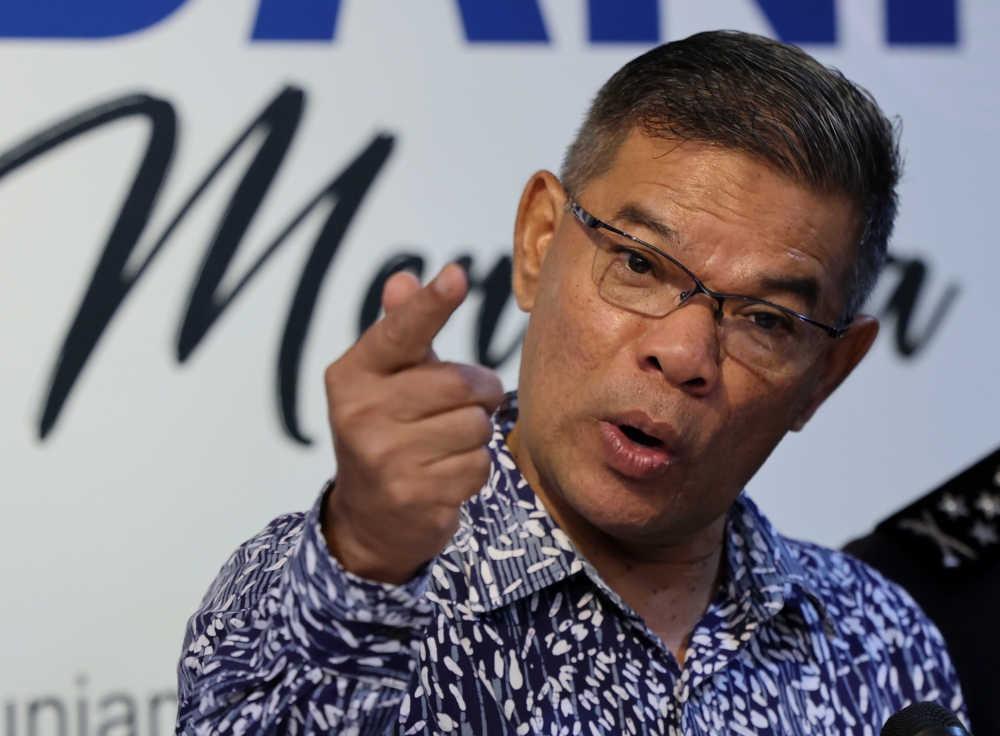
What’s next?
PKR is set to hold its National Congress from May 22 to May 24 in Johor Baru.
The contest for the party’s 20-member central leadership council and six top posts will take place on May 23.
Datuk Seri Rafizi Ramli is expected to retain his deputy presidency unopposed, especially since Anwar has publicly endorsed him to continue serving as the party’s number two, asking party members to give Rafizi “an easy path”.
However, there is speculation that former PKR secretary-general Datuk Seri Saifuddin Nasution Ismail may challenge Rafizi.
Rafizi defeated Saifuddin for the deputy president post in the 2022 party polls.
Meanwhile, a seven-cornered fight is shaping up for the vice-president position. The candidates include:
- Selangor Menteri Besar Datuk Seri Amirudin Shari (Incumbent)
- Negri Sembilan Menteri Besar Datuk Seri Aminuddin Harun (Incumbent)
- Natural Resources and Environmental Sustainability Minister Nik Nazmi (Incumbent)
- Science, Technology and Innovation Minister Chang Lih Kang (Incumbent)
- Nurul Izzah Anwar (Incumbent)
- PKR information chief Datuk Fahmi Fadzil
- Deputy Entrepreneur Development and Cooperatives Minister Datuk Seri R. Ramanan
For the Wanita chief position, incumbent Fadhlina Sidek will lock horns with Rodziah once again. Fadhlina wrested the post from Rodziah by a slim majority of 32 votes in the 2022 party polls.
Youth deputy chief Muhammad Kamil Abdul Munim is vying for the Youth chief position while the incumbent Adam Adli is vying for a spot in the 20-member central leadership council.
Source:  Why PKR’s 2025 party polls matter: Key battles, surprises and what’s at stake
Why PKR’s 2025 party polls matter: Key battles, surprises and what’s at stake
